"Katabara Ramen" (金拉面)
// BLURB //
As the saying goes, "long noodles for a long life." According to tradition, longevity noodles should be eaten whole, without breaking, and must be sturdy enough to withstand a strong chopstick pull. During meals, guests often stand up when the noodles are served. They theatrically lift the noodles above their heads with chopsticks, bring them to their faces, and slurp them in one go, expressing gratitude to the host. This unbroken length is not just a culinary preference but a deliberate symbol of the eater's life—longer noodles symbolize a longer and more prosperous life.
As the saying goes, "long noodles for a long life." According to tradition, longevity noodles should be eaten whole, without breaking, and must be sturdy enough to withstand a strong chopstick pull. During meals, guests often stand up when the noodles are served. They theatrically lift the noodles above their heads with chopsticks, bring them to their faces, and slurp them in one go, expressing gratitude to the host. This unbroken length is not just a culinary preference but a deliberate symbol of the eater's life—longer noodles symbolize a longer and more prosperous life.
The history of these longevity noodles dates back to Emperor Wu of the Han Dynasty around 141-87 BC. At that time, Emperor Wu believed that if a person has a long face, they will live a long life. Unable to change his face length, he turned to long noodles, as the word for “noodle” (面 Miàn) sounds like "face" (脸 Liǎn) in Chinese. This custom gradually spread beyond the palace to the rest of the country.
In a world of quick bites and fleeting moments, longevity noodles remind us to savor life's journey—one unbroken strand at a time. So, snatch a cup of katabara ramen and slurp away! May each noodle be a wish for a long and fulfilling life!
In a world of quick bites and fleeting moments, longevity noodles remind us to savor life's journey—one unbroken strand at a time. So, snatch a cup of katabara ramen and slurp away! May each noodle be a wish for a long and fulfilling life!
EDITION, MEDIA, SIZE & WEIGHT
8 Editions, Shanghai 2023
TFT display, media player, Staedtler black pigment ink & Sennelier watercolor on Barbizon Canson paper, black-stained teakwood frame
84.1(W)×114.8(H)×5.8(D) cm // 31 kg
CRATE SIZE & WEIGHT
100(W)×130(H)×21(D) cm //61 kg
EXPOSURE
“Welcome To The Neighborhood” at island6 Shanghai
CREDITS
Shengqiu Li 李生秋 (watercolor) • Emily Shao 邵琪 (performance) • Thomas Charvériat (art direction) • Yeung Sin Ching 杨倩菁 (production supervisor) • Tiara Alvarado-Leon (blurb)
8 Editions, Shanghai 2023
TFT display, media player, Staedtler black pigment ink & Sennelier watercolor on Barbizon Canson paper, black-stained teakwood frame
84.1(W)×114.8(H)×5.8(D) cm // 31 kg
CRATE SIZE & WEIGHT
100(W)×130(H)×21(D) cm //61 kg
EXPOSURE
“Welcome To The Neighborhood” at island6 Shanghai
CREDITS
Shengqiu Li 李生秋 (watercolor) • Emily Shao 邵琪 (performance) • Thomas Charvériat (art direction) • Yeung Sin Ching 杨倩菁 (production supervisor) • Tiara Alvarado-Leon (blurb)
CLOSE-UPS
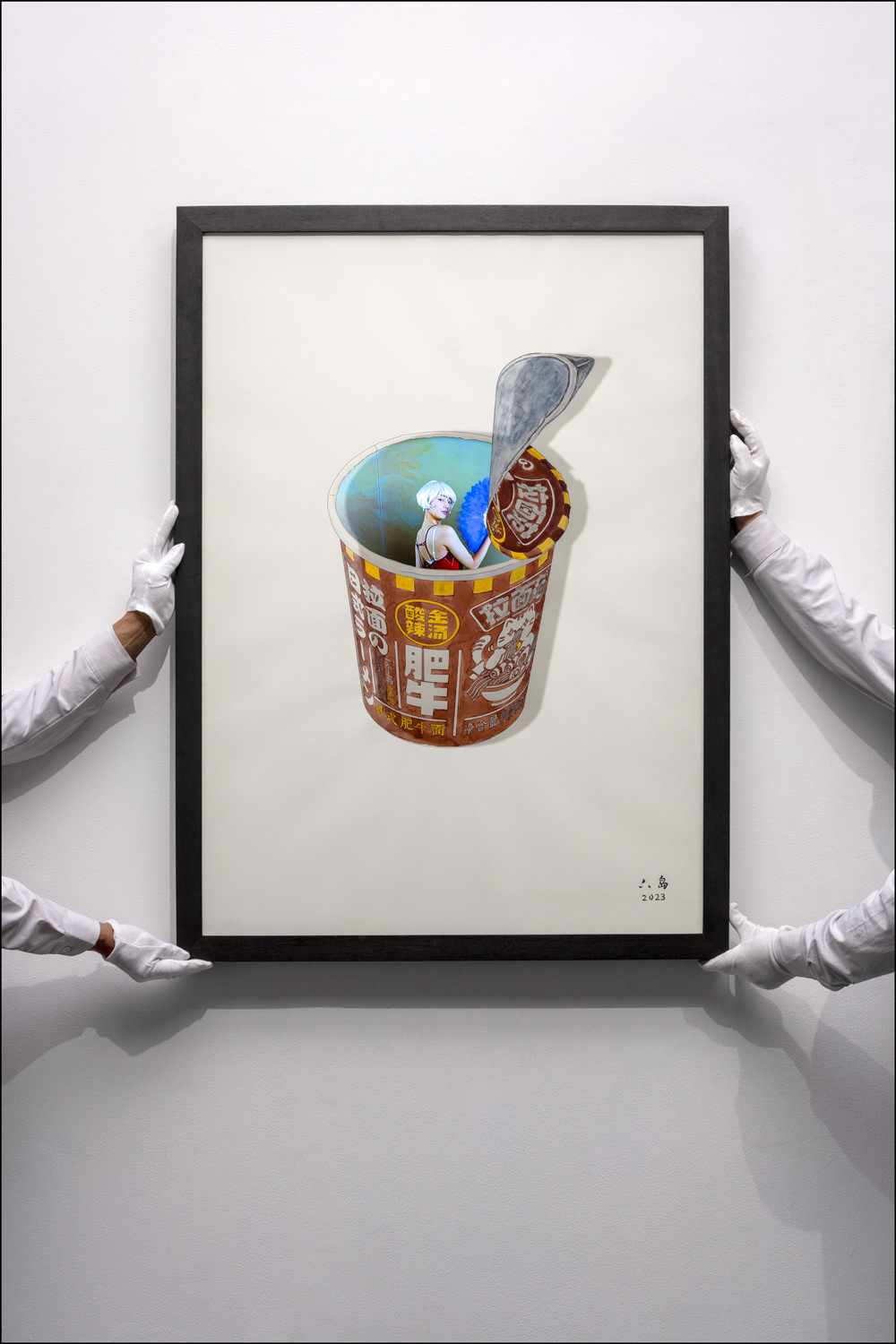
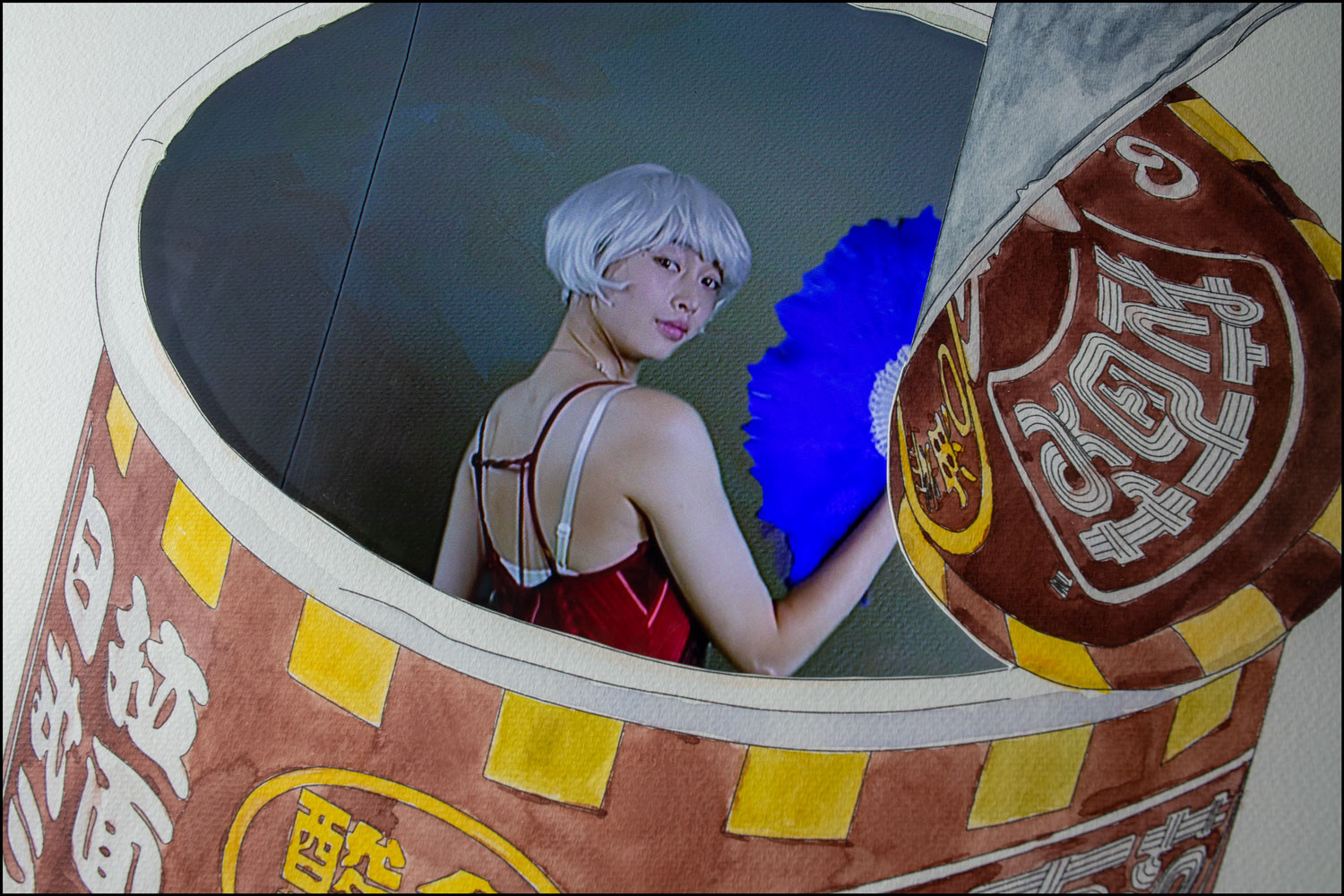
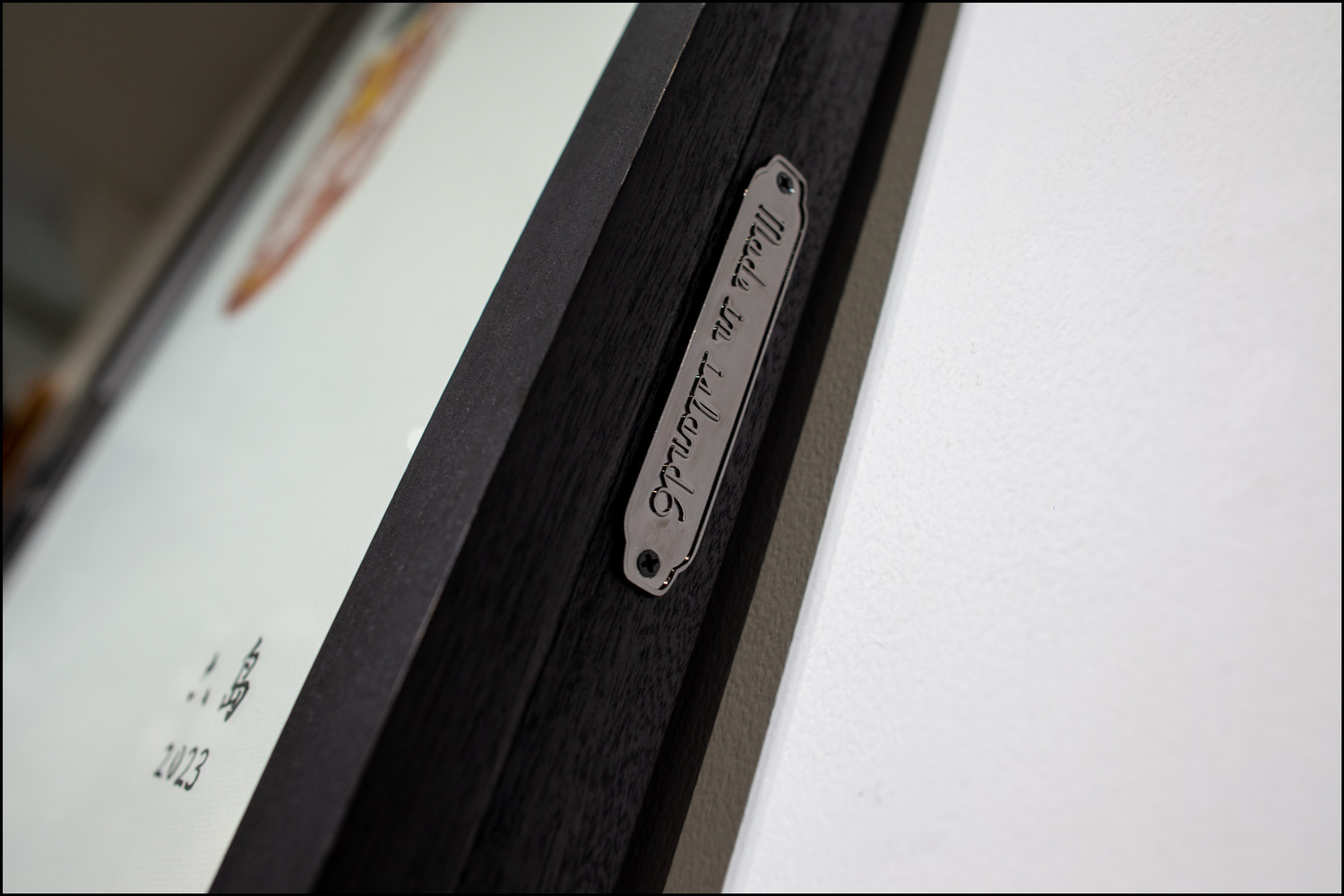
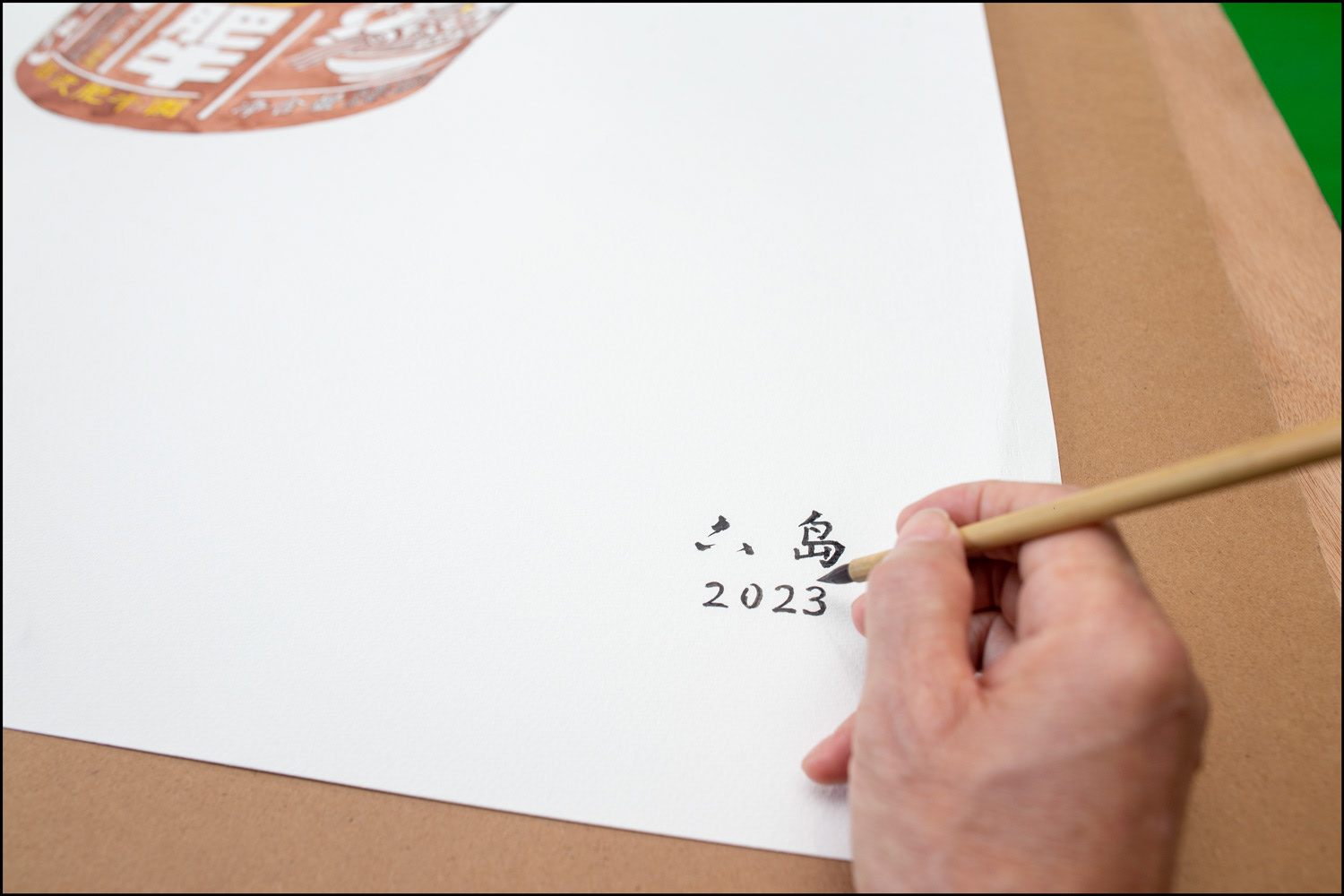

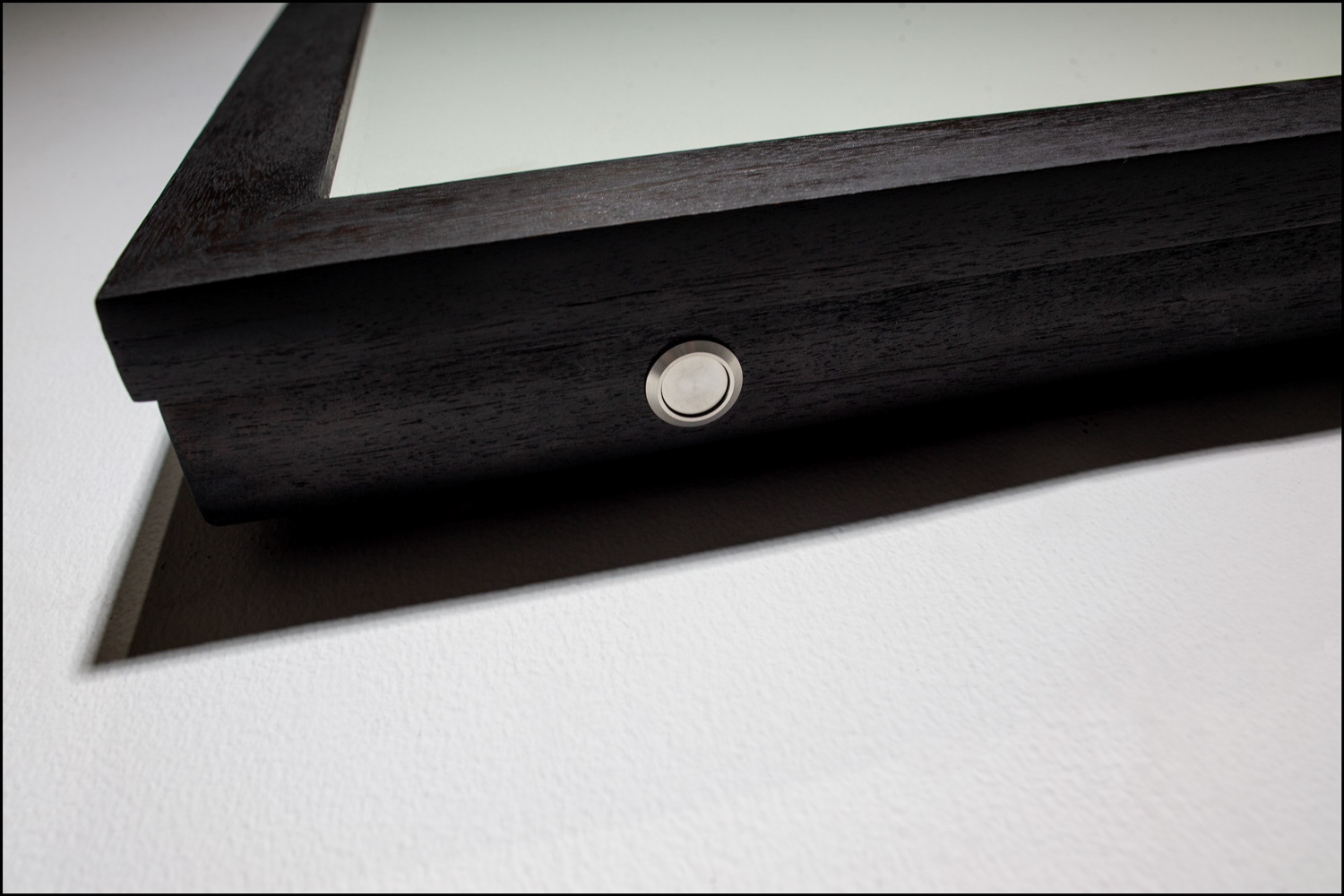

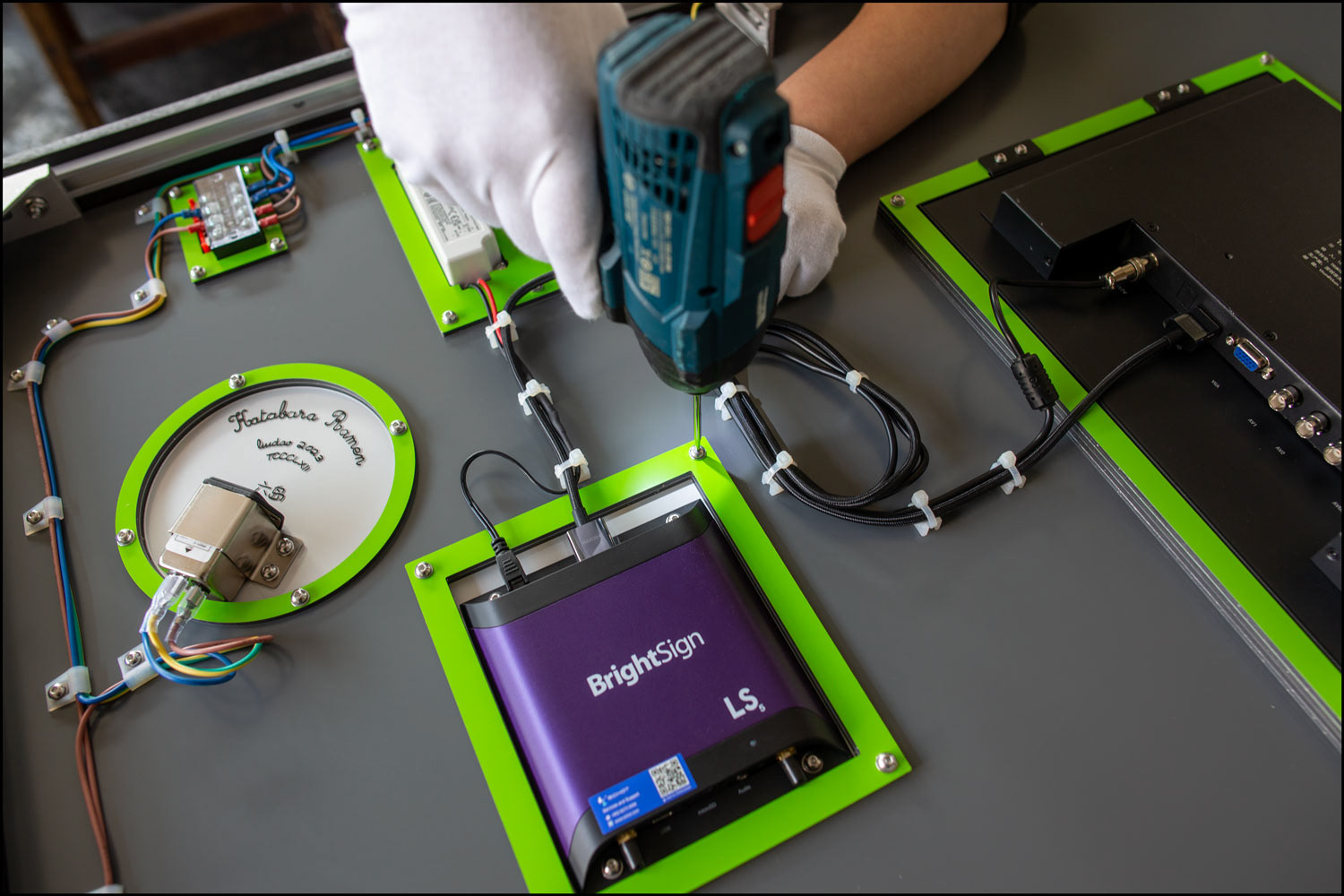

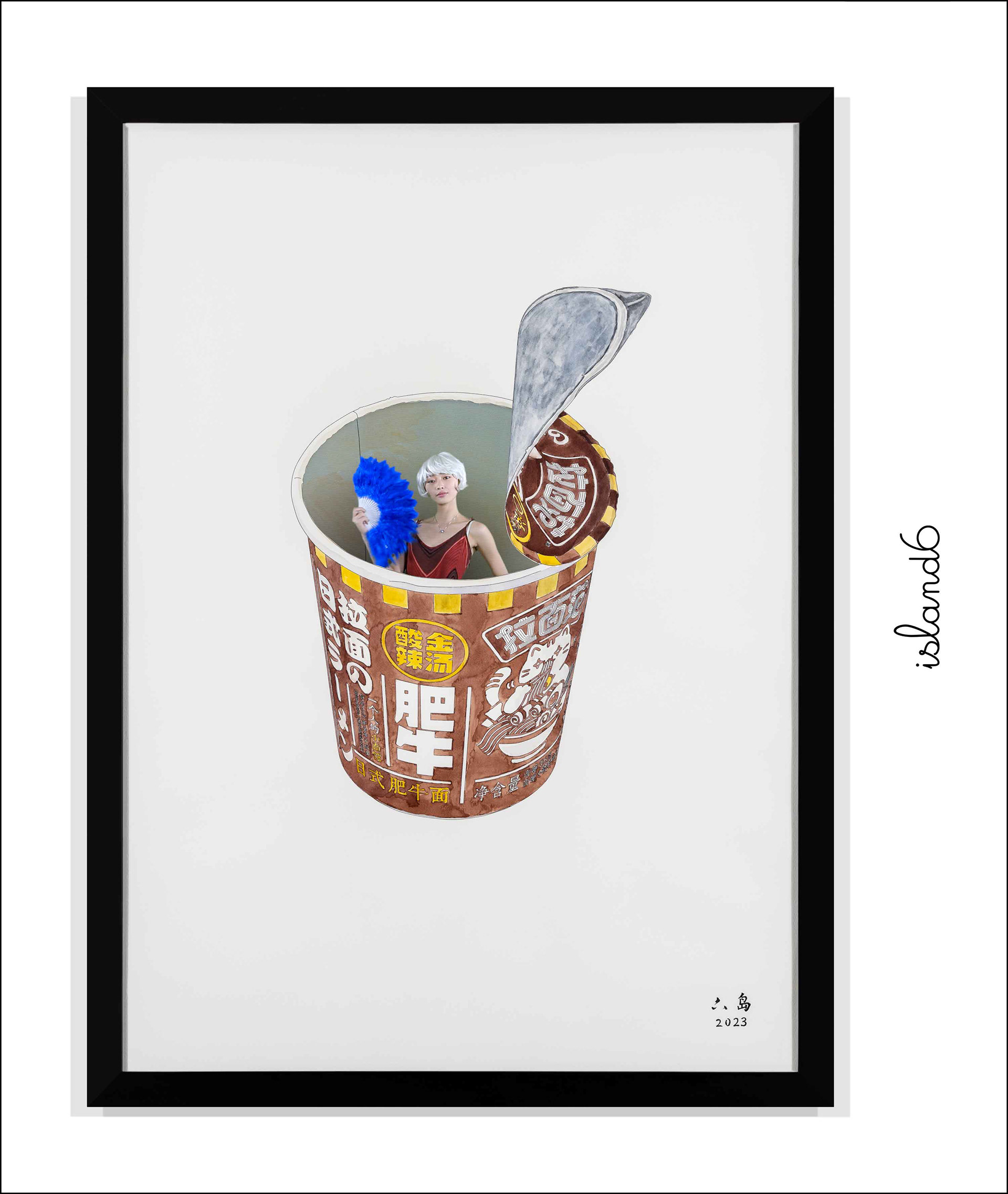
VIDEO

